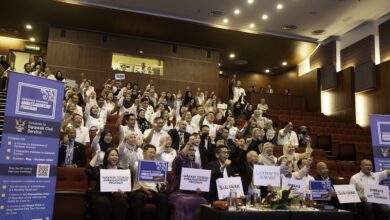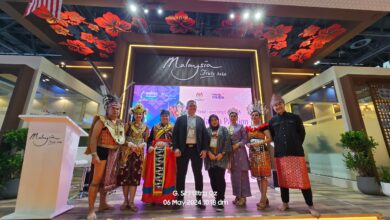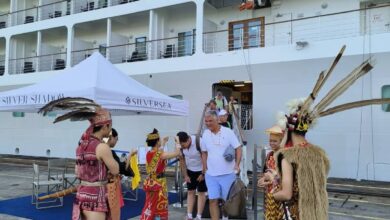Exploring Sarawak’s Heritage
For the year 2023, with the theme of “Perpaduan, Kemajuan dan Kemakmuran” locals are expected to gather and rejoice as passionately, if not more than they have ever before on the 60th year since Sarawak started its journey toward independence within Malaysia. Sarawak Day, also known as Hari Kemerdekaan Sarawak is celebrated as a tribute to past leaders for their sacrifices and struggles that contributed to the development and progress of Sarawak establishing self-governance from British Rule.
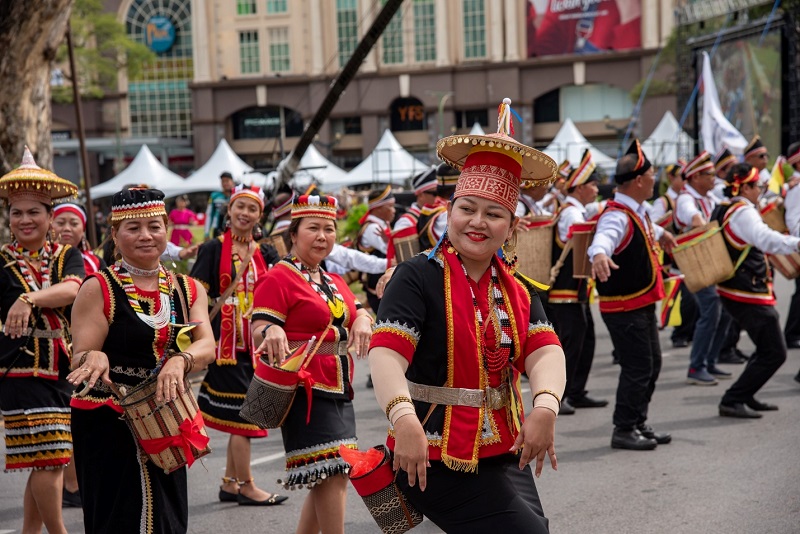
The kingdom of Sarawak was given independence by the Sultan of Brunei in 1841 but it fell under British ruling in 1888. It became a Crown Colony after World War II, leading to major protests by the Sarawakian citizens who wanted the country to be independent. The uproar led to the assassination of Duncan Stewart who was the second governor of the Colony. Anthony Abell took his place and brought Sarawak and North Borneo into the Federation of Malaysia. On July 22, 1963, Sarawak was granted self-government as long as it joined the Federation of Malaysia.
If you have been planning a trip to experience the community, spirit and atmosphere of Sarawak, join in on the celebration events which are exclusively lined up for the highly-anticipated holiday. YB Dato Sri Abdul Karim Rahman Hamzah, the Minister of Tourism, Creative Industry and Performing Arts has organised grand statewide celebrations this year for the beloved state’s diamond jubilee. Here are some of the highlights that absolutely should not be missed.
On Sarawak Day, 22nd July, Kuching is the place to be. Feel the pride and adrenaline float through the atmosphere from morning until night as you immerse in the crowds of the thunderous rally and colourful parade at the Central Padang (Padang Merdeka Kuching.
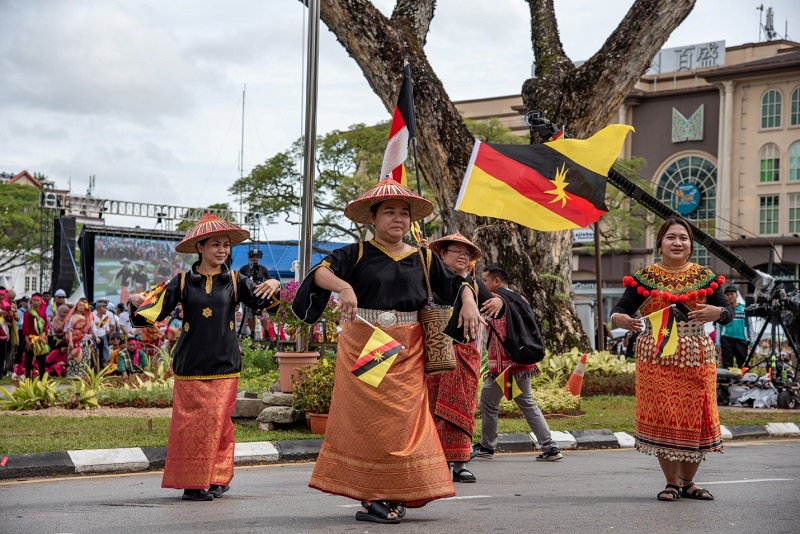
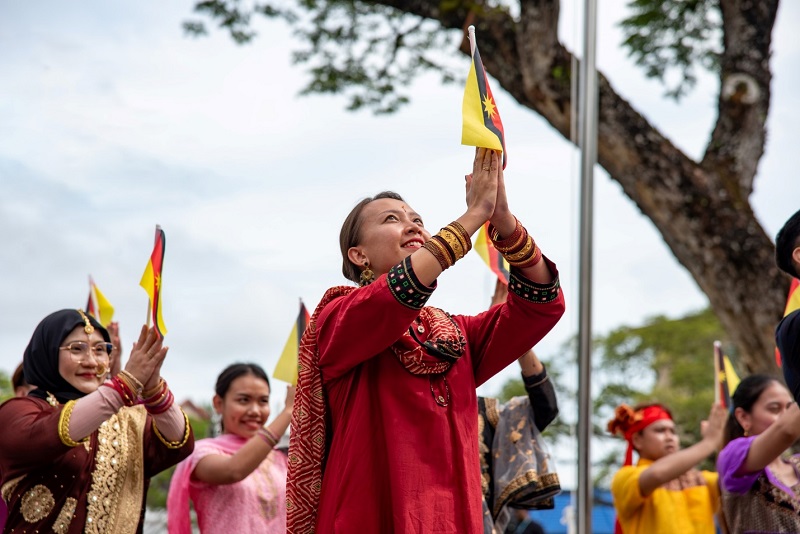
There is also a unique half marathon run happening on the same day as the parade in Bintulu. This event may seem appealing to sportspersons or early risers who are interested in celebrating Sarawak Day in a different manner. Along the stretch of 21 km, runners will spectate the sunrise along the serene beach as they travel along the route of Tanjung Kidurong and Bintulu Town. It would also be a great post-run agenda to head on over to Taman Tumbina Bintulu. The name ‘Tumbina’ is the merger of Malay words TUMbuhan (plant) and BINAtang (animal). This garden features the crossover between diverse botany and zoology of Borneo alongside recreational and educational values for visitors. Tumbina is a living heritage which opened back in 1991, strategically situated on a breathtaking site overlooking the South China Sea, Bintulu town centre and the Tanjong Kidurong Industrial Estate.
On 29th July, snatch up a front row view at the Kuching Waterfront for the must-watch Decorated Boat Parade. This 22-boat show will light up the Sarawak river with dazzling colours and music, accompanied by a firework show. This mesmerising show presumably only happens every 10 years, so do not let this rare opportunity pass you by. Following that, the celebration continues into the next month with street parades in the different regions of Sarawak – Kuching (5 August), Sibu (12 August) and Miri (19 August), so it is possible to attend all three if one desires to do so. It would be best to first understand why Sarawakians are passionate about this occasion before you join in on celebrating it. You can also allocate some time for self-exploration around popular monumental sites and capture picturesque shots of the well-preserved pieces of history scattered around Sarawak.
If you plan on staying in Kuching for the duration, it is recommended to take a walkabout Heritage Trail as most iconic attractions are situated nearby to each other. The usual itinerary would consist of walks along Kuching Waterfront, Carpenter Street’s Old Shop Houses, India Street as well as the open air market. These hotspots lined with vintage-looking shop houses consist of eateries, handicraft/ souvenir stores and various others which are usually bustling with shoppers who can browse for hours. Along the way, there would be stops at some time-honoured infrastructures such as the Chinese History museum, the general post office, colonial buildings, the museum grounds as well as the Kuching Old courthouse that will transport you back in time.
For those who intend on traveling for the other 2 parades in Sibu and Miri, you can make a pit stop at the recently restored Fort Alice in Sri Aman. This site was initially built in 1864 by Rajah Charles Brooke as a defensive structure along the Batang Lupar river in Sri Aman town, and named after his wife Margaret Alice Lili de Windt. The fort currently houses a gallery which showcases the history of itself, the small town of Sri Aman as well as the tense contention between the Iban people and the British soldiers of the Brooke era. Dedicate a timeslot to stop by Batang Lupar, next to the fort to possibly catch a glimpse of among world’s Top 10 Tidal Bores before continuing your journey to Sibu.
The Sibu Heritage Centre is the best local stop to review all the highlights and timeline of Sibu. This heritage centre displays the rich cultural heritage of the ethnic groups of the Central Region. You will find the early beginnings of Sibu with the arrival of Chinese migrants from different dialect groups, genuine skulls that reflect the past of the Iban tribe’s warrior past and the early signs of Malay culture with the tools of the seafaring Melanaus and relics. One could also view the collection of intricate Chinese porcelain and clay vases and taxidermied animals such as the moon rat, the rhinoceros hornbill and the gigantic Orang Utan.
At the final parade stop, also known as the second largest city in Sarawak; Miri, a great historical attraction is a limestone ridge called Canada Hil where one can admire a panoramic view of the city. At the top of this hill sits the historical Oil Well No.1, also regarded as the Grand Old Lady. The 30-meter tall landmark holds great significance to not only the locals but the world as well, because it is where oil was first struck by Sarawak Shell in 1910. Beside it is the Petroleum Museum where visitors can attend an educational tour to learn about the history and technological development of the oil and gas industries in Malaysia. Various models that were used in the past to extract crude oil including the Nodding Donkey are exhibited there. Visitors can also closely observe the Time Capsule which contains news articles and souvenir books that were buried at the site.
The Land of Hornbills takes pride in its incredible wealth in traditions and culture and is memorialising its 60th anniversary with a catalogue of exclusively-planned events which unveil the history of Sarawak. We are eager for everyone, locals and tourists, to enjoy themselves to the fullest while venturing through the largest state of Malaysia. To keep track of dates, venues and descriptions of the highlighted events around Sarawak, feel free to refer to the Calendar of Tourism Events prepared by The Sarawak Tourism Board. On top of that, you can also visit the Sarawak Tourism website https://sarawaktourism.com/ to discover more travel stops or read up on insightful articles to be more accustomed with the cultures of Sarawak.

